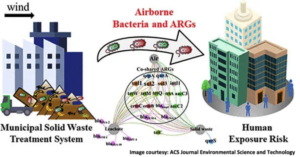The current Covid19 pandemic has exaggerated the problem of antimicrobial resistance (AMR). The bacterial coinfections in Covid19 cases led to irrational use of antibiotics in the population. Whether the use of antibiotics was beneficial to the patients is still unclear. The use of antibiotics in large amounts has led to a change in the bacterial isolates and their resistance pattern. This Indian study is aiming to study the abovesaid change before and during the Covid19 pandemic.
The study highlights that though the blood culture requests where manifolds higher during the pandemic period, the positivity was found to be low. Before the pandemic, Klebsiella pnemoniae, followed by Acinetobacter spp., Escherichia coli and Pseudomonas aeruginosa were the common isolates while now the predominant pathogen is Acinetobacter baumannii followed by Escherichia coli and Klebsiella pneumonia. Acinetobacter baumanii showed alarming decrease in susceptibility to Cotrimoxazole and piperacillin tazobactam. Escherichia coli also showed increased resistance to most of the drugs. The reason to these phenomena was observed to be the excessive use of intravenous antimicrobial agents such as fluoroquinolones, cephalosporins, carbapenems, azithromycin, vancomycin, and linezolid, which belong to the watch and reserve group of drugs of AWARE classification by the WHO in the study. Overuse of antibiotics in outpatients also accounted for this high degree of development of resistance.
To read more, kindly visit the website of antibiotics journal (link)







